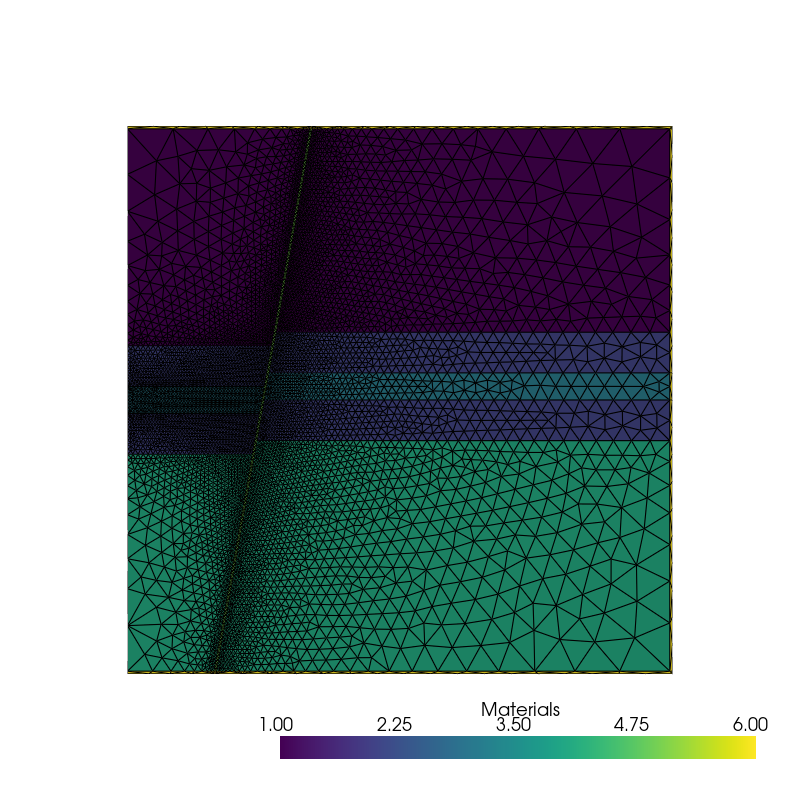
This last step finalizes the creation of a circle using Gmsh’s GUI. In our case we have a solid surface, so we can press ‘e’ to end the selection. First we need to select the surrounding boundary, and then if any, the boundaries of the holes within the surface. The Plane surface feature enables you to create solid surfaces or with holes. Since the face of our geometry is flat, we can use the Plane Surface feature to define the circle. Once we have connected all the dots, we have identified the circumference of the circle, hence, only its boundary line. Note that Line 1 connects Point 2 and Point 3 with center in Point 1, Line 2 connects Point 3 and 4 with center in Point 1, and so on. To generate a circle you will need to connect the points created using the Circle arc feature in the tree, first choosing the starting point, the center of the circular arc and the end point as shown below. By selecting Point a new window pops up, enabling you to select the rectangular coordinates where the points will be located.
#CHANGING MESH ORIENTATION IN GMSH HOW TO#
In the image below we show how to expand the Geometry tree and create points within the interface. A circle is a 2D geometrical entity and we will need to define three characteristics: the points that define our plane (at least three), the lines that connect our points and the surface itself. There is a consistent workflow in the generation of geometries in Gmsh. For this reason I will compare the workflow shown on the GUI to the text file generated, for you to see their similarities. I personally like using a combination of both: GUI and text editor in parallel, as some things are done quicker one way rather than the other. This will ramp up the learning curve and allows you to learn Gmsh’s syntax. Generally, it is appropriate to start working with the GUI at the beginning, if you have never used Gmsh before. The latter one will be quite useful for more complex or parametrized geometries, and we’ll touch on it at the end of this post.

There are two ways of constructing geometries using Gmsh: using the Graphical User Interface (GUI) or simply by creating a text file (.geo) in a text editor, using Gmsh’s syntax. This post addresses the very basics of geometry generation using a circle as an example. Sys library: It is a script of promotion and API Python wrapper for sys.The creation of geometries using Gmsh can be tricky at times. Gmsh library: It is a script of promotion and API Python wrapper for gmsh. So without further delay, let’s jump right in. Synchronizations can be called at any time, but to reduce processing time it’s better to call after adding points, lines, curves, surfaces etc.Ĭreate a mesh of given model name for example “GFG.msh”Īfter understanding mesh and functions it’s time to create the above mesh. Taking multiple inputs from user in PythonĬreate a point at (x, y, z) with the target mesh size (lc) close to pointĬreate a surface on the face and connect face surfacesĬreate the relevant Gmsh data structures from the Gmsh model.Python | Program to convert String to a List.isupper(), islower(), lower(), upper() in Python and their applications.Print lists in Python (5 Different Ways).Different ways to create Pandas Dataframe.Reading and Writing to text files in Python.


ISRO CS Original Papers and Official Keys.GATE CS Original Papers and Official Keys.


 0 kommentar(er)
0 kommentar(er)
